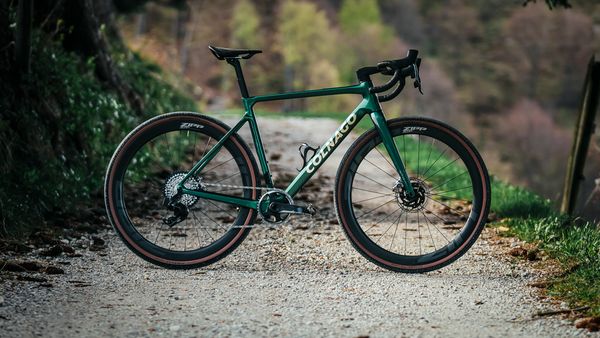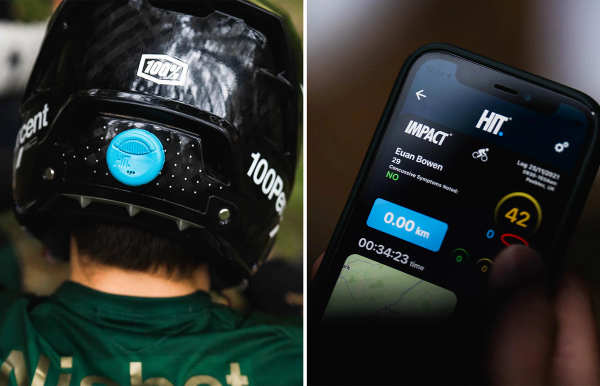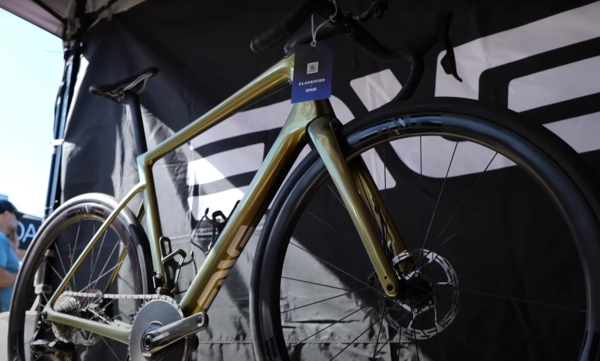Can an e-bike make you fast enough to train with a pro cyclist?
We find out if a motor and battery can close the gap between an average rider and a professional
Alex Hunt
Junior Tech Writer
Electric bicycles, or e-bikes as they are known, have gained a lot of popularity over the last five years. The ability to ride faster, further and over terrain that would have been unpleasant or even impassable in the past has opened up a whole new realm of riding.
One of the great things about e-bikes is that they can be used to level the playing field. For riders who are new to the sport, or where there is a big difference in ability with a fellow cyclist, riding an e-bike can keep things enjoyable for both riders. The question is: just how much performance difference can an e-bike compensate for?
To answer this question, we sent our very own Ollie Bridgewood on a mission. The aim was to go for a ride around the testing landscape of the Lake District in northern England. The region is characterised by double-digit gradients and unforgiving weather conditions. Joining Ollie on this ride would be James Shaw, at the time riding for British UCI Continental team Ribble Weldtite, but who has since made his return to the WorldTour with EF-Education EasyPost.
Known for his climbing ability, Shaw has finished in the top-10 on a mountainous Tour de France stage and tackled some of the hardest climbs alongside the top pros. With these credentials, Shaw fits the bill perfectly to test Ollie and the e-bike to their limits to see just how capable a modern e-bike is.
How much assistance can the e-bike provide?
The e-bike in question is a Ribble Endurance SL-e that uses a Mahle SmartBike Systems X35+ motor. This is capable of delivering a peak power of 250 watts to the rear wheel with a maximum torque of 40Nm.
As the gradient gets steeper it is the torque that is going to be the biggest benefit to having the e-bike system. The battery nestled inside the downtube of the bike has a capacity of 250Whr, meaning that it could support the motor at full power for an hour.
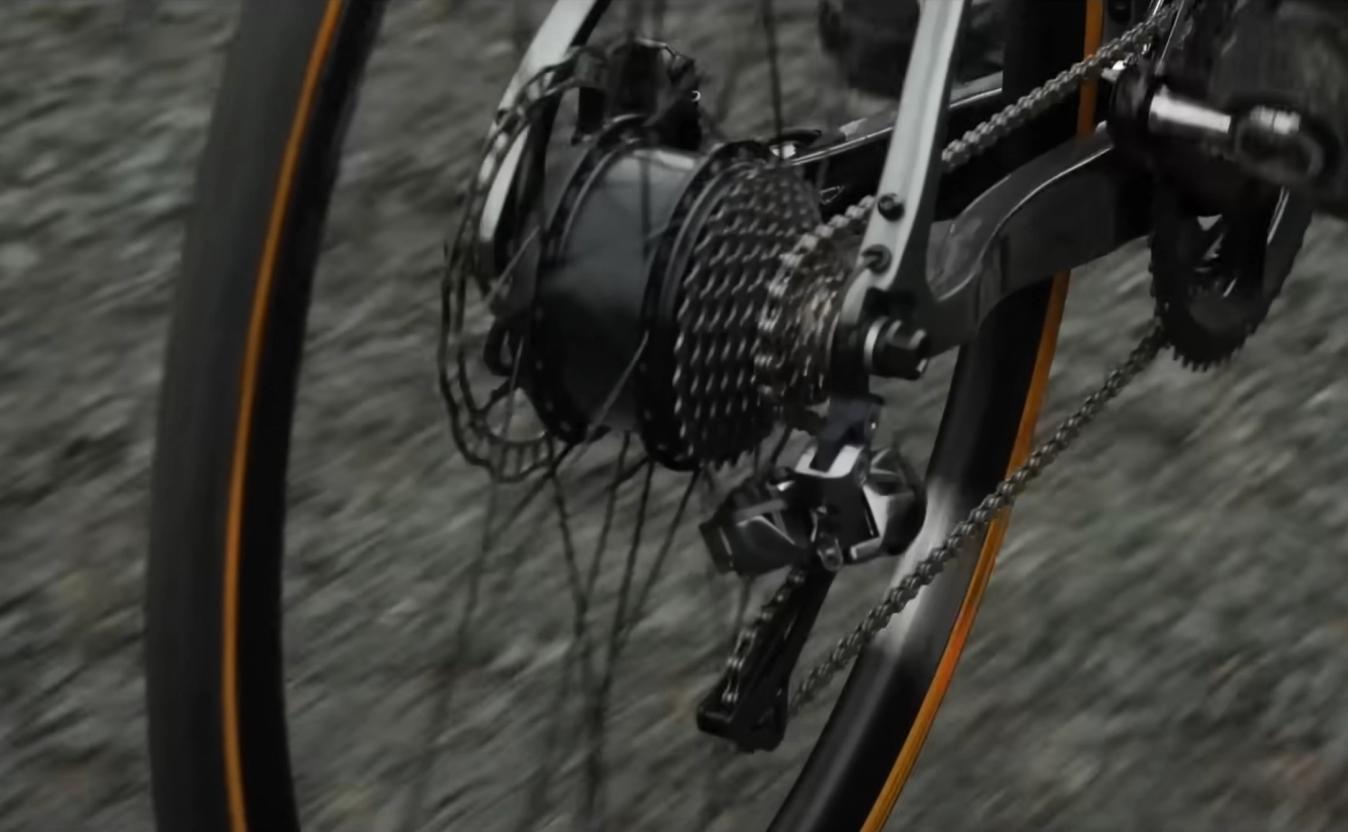
© GCN
The rear hub motor is does a good job of keeping things neat and tidy with the frame the exact same silhouette as the analogue bike
There is obviously the small matter of e-bike legality to discuss, as, depending on the region in which you live, the regulations on bikes can differ.
In the UK e-bikes can provide assistance up to a maximum speed of 25kph whereas in the USA this limit is 32kph. This does mean that at any point your speed exceeds 25kph you will be left to power yourself purely under your own steam. For Ollie, this could be something that becomes an issue as on flatter roads and shallower gradients it is all too possible that he will be able to ride above this 25kph limit.
- Read more: Illegal e-bikes: Dutch police unveil roadside power-testing equipment to catch law-breakers
An added bonus: improved handling
Something that e-mountain bikers have been aware of for a while now is how e-bikes can positively influence the ride characteristics of a bike.
With the additional weight of the motor and battery sitting around the height of the bottom bracket, they have the effect of lowering the bike's centre of gravity. This can make them feel more planted at higher speeds and more confidence-inspiring through the corners.

© GCN
When the road points downhill the added weight low down in the frame can improve the handling of the bike
For Ollie going up against a rider who is used to racing in the professional peloton, where bike handling skills are much higher than your average rider, this is going to be an extra added benefit.
Putting the e-bike to the test
With the niceties out of the way, it was time to get down to business. For the 10-minute effort up the climb, Shaw was planning to hold around 320 watts, which might not sound like a great deal for a WorldTour pro, but when you factor in that he weighs around 60kg, this shifts perspective, with 320 watts equating to a power-to-weight ratio of 5.3w/kg.
With Shaw riding at this output up a climb and with a lightweight road bike at his disposal, Ollie would need to be riding at a considerably higher output to match this power-to-weight ratio and compensate for the extra weight of the e-bike.
This is exactly where the additional 250 watts of assistance comes in, hopefully bridging the gap between pro and amateur. On a steady gradient, with Shaw riding at his target output, Ollie was easily able to keep with him up the climb, even in some of the lower power settings, allowing him to conserve some range.
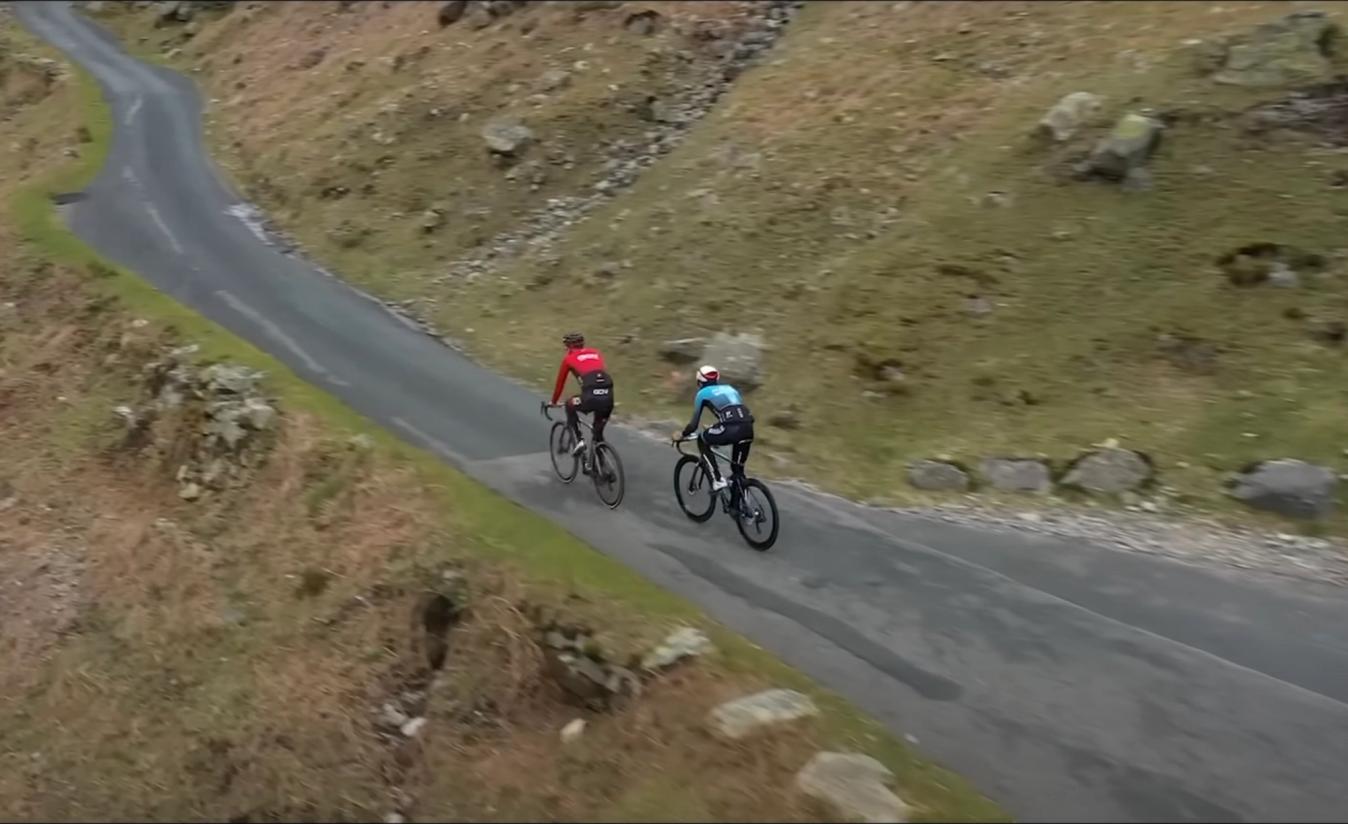
© GCN
Ollie put the e-bike to good use acting as Shaw's super domestique for the climb
With the e-bike easily levelling the field on a steady effort, it was time to switch things up, with Ollie and Shaw heading to the infamous Wrynose climb. This ascent averages 11% for 2.4km, but that only tells half the story, with sections ramping up to nearly 30%, meaning the climb is a brute and a hard one to pace. This is where Ollie and his e-bike come in, acting as a super domestique for Shaw.
As the gradient ebbed and flowed it was hard for Ollie to match the needs of Shaw, with the flatter sections taking Ollie over the 25kph motor threshold. In these moments Shaw was able to pull away, with Ollie only able to reel him back in when the gradient hit the dizzying double-figure digits that the e-bike can make the most of. As the summit was in sight and the gradient relaxed one last time, Shaw pulled away for good, leaving Ollie in his wake.
How did the e-bike stack up?
Given the fact that Shaw went on to take the outright Strava KoM on his effort up the climb, it is safe to say that the e-bike allowed Ollie to train with a pro. On the steady effort climb, the e-bike made riding with Shaw an enjoyable experience and on the full gas effort up Wrynose pass, it narrowed the gap between pro and amateur significantly.
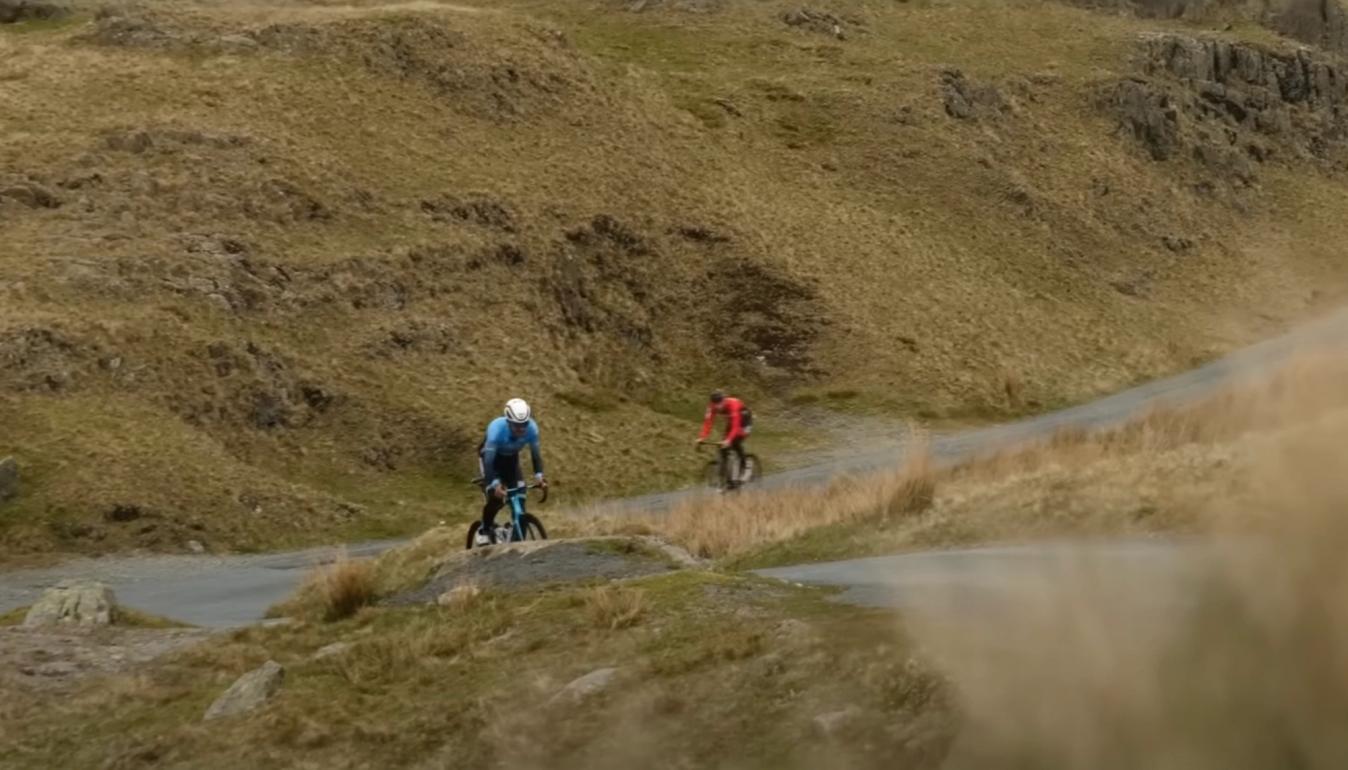
© GCN
In the final flatter section of the climb Shaw pulled away as he accelerated over the 25km/h motor limit
To answer the question of whether an e-bike can make you fast enough to train with a pro, we’d say that on climbs and in terrain that keeps you under the 25kph threshold they certainly can. There are however some limitations around range and pace.
Ultimately, an e-bike is a great tool for balancing the abilities of different riders allowing less fit riders to enjoy a ride with more experienced riders or to tackle terrain they would otherwise avoid.
Do you have an e-bike? Let us know how you find using it on a group ride in the comments section below and for even more e-bike content make sure to check out our e-bike homepage.










